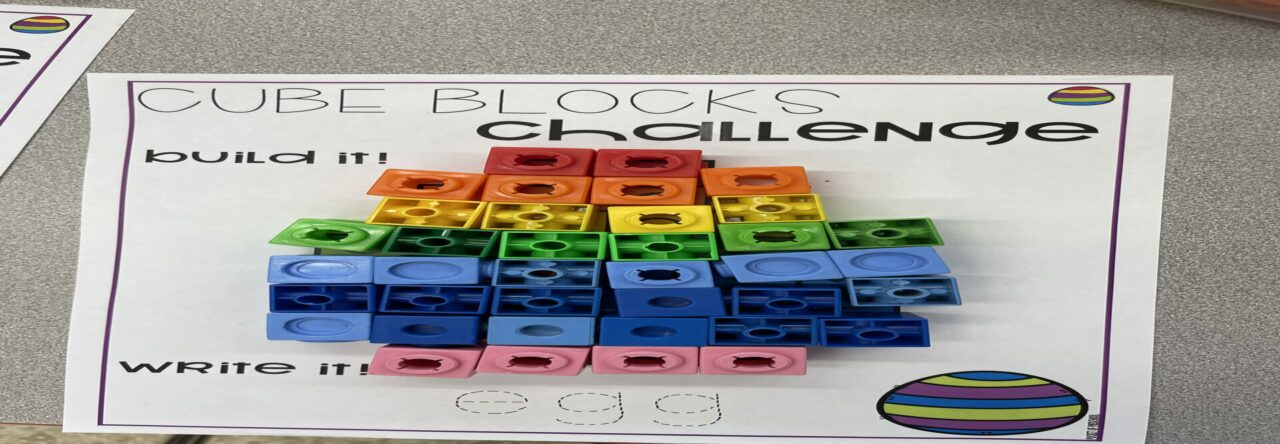Growing up I always loved swimming. My parents have always wanted us to excel and do well in life, so as soon as I expressed interest in becoming a lifeguard I was registered for all of the courses. I was so nervous on my first day and did not want to go in, my mother made me go and at least try it out. That was one of the best things to happen to me. Working as a lifeguard at the Terrace Aquatic Centre you also had to be a swimming instructor and janitor since we are such a small facility. I was also trained as a receptionist and would fill in as needed as I gained more seniority.
Out of all the different tasks I had, teaching swimming lessons was my favorite. I taught classes for babies who were 5 months old, to classes for adults whose ages ranged from 20-70 years old, and everything in between. I felt like I got a taste of what it is like to be a teacher working at the pool, not every day will be perfect and fun but it is so rewarding. During lessons, we did attendance every day, if a child missed 2-3 classes in a row without being notified of a reason we would have to call home and see what was going on. We also had to do long-term lesson plans for each swimming level as well as daily lesson plans for the classes we were currently teaching. For the daily lesson plans, we had to include the criteria that we had to watch out for (to make it easier to note down on the record sheet) along with a rough time estimate for each game and activity. Halfway through each lesson set, we would end classes early to have parent/guardian lesson updates on each child we taught. We had to tell the parents what exactly the student needed to work on and how, skills or behaviors, and something that they were doing well at in class. As a swimming teacher we would also have to write report cards, not all parents would take the news well if their child didn’t pass and I learned to stand my ground and be confident with my assessment and decision and back up what I was saying.
Teaching people how to swim required a trusting relationship between teacher and student. So many children and adults are trying to get over their fear of water and drowning when they come to you for help and guidance. It was during my training that I learned everyone learns in a different way, some can listen you give directions and be able to try it, others need to watch you first and some need to physically do it themselves to really understand. In each lesson, we had to incorporate all 3 learning methods in a fun and safe way. I enjoyed seeing students overcome their fears or master a skill they have been trying for so long and see how happy they were. This was the part of the job that kept bringing me back to the pool. I love working with people, especially children, and making a difference in someone else’s life. I wanted to turn that into my career so I began looking into the requirements for becoming a teacher.

